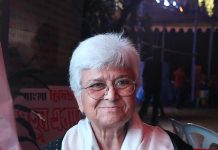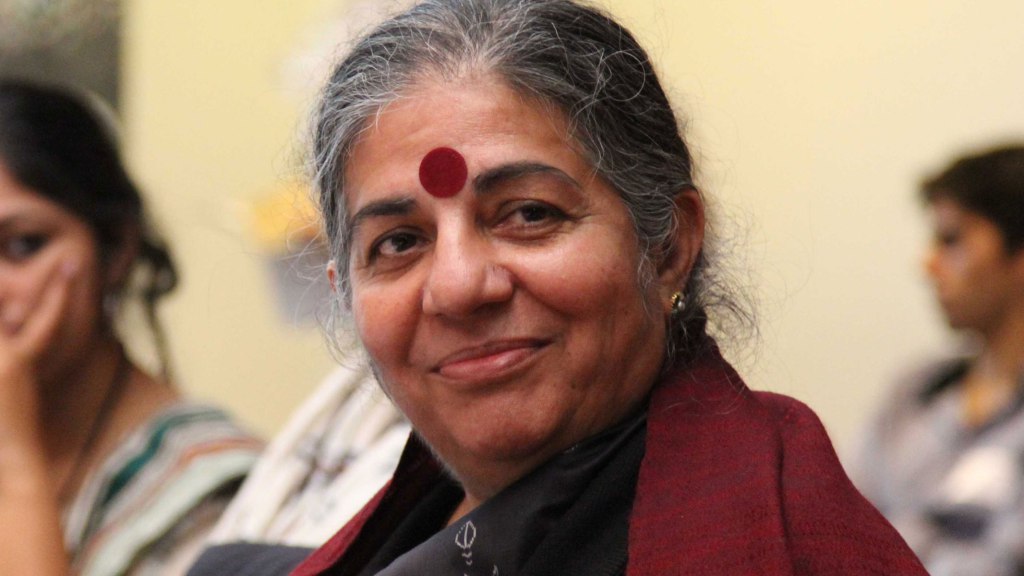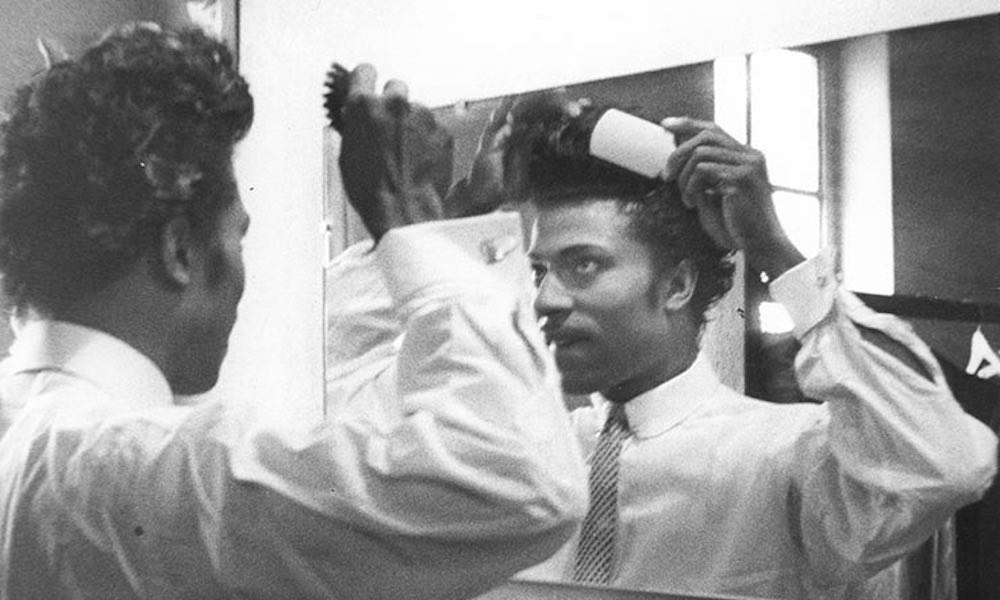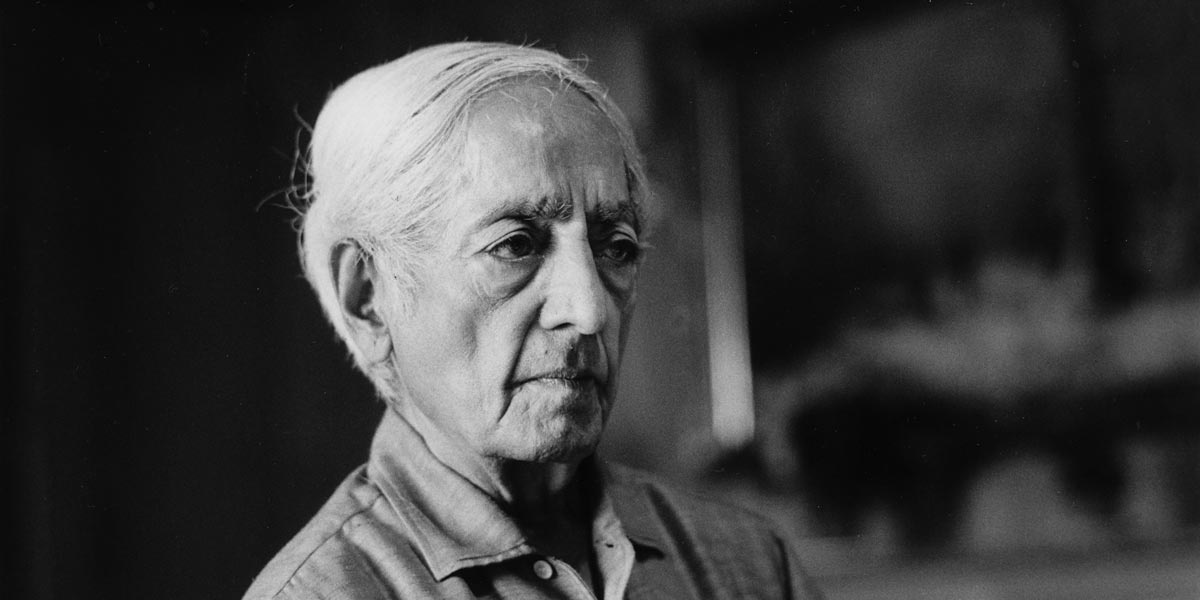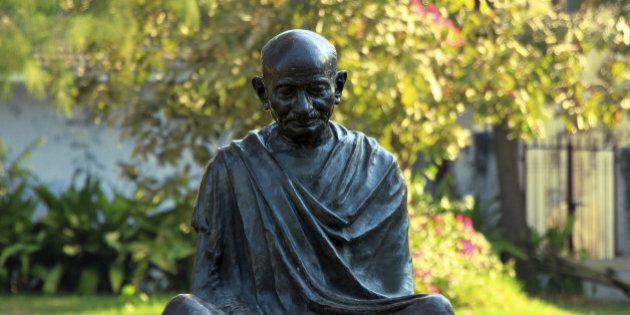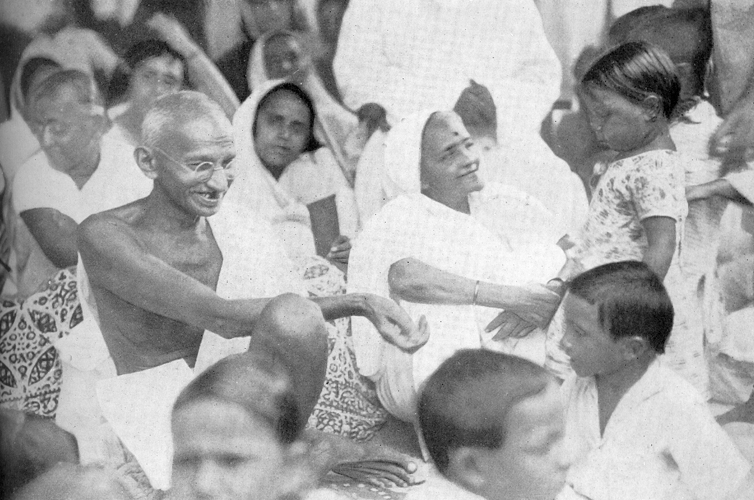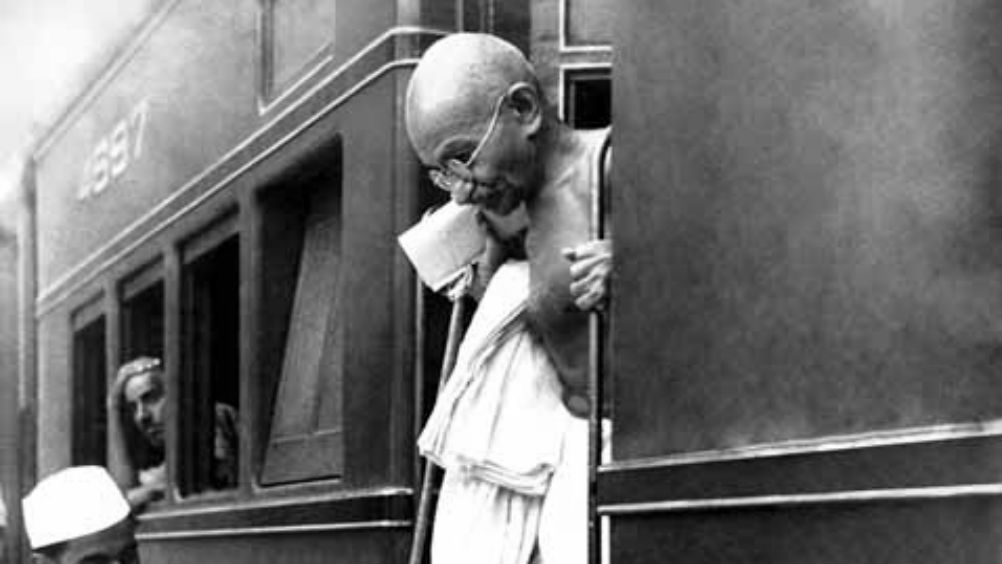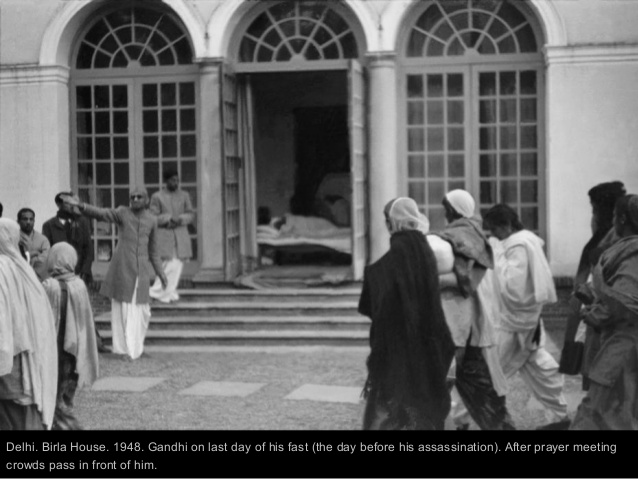1. We know you today as one of the leading voices in the fields of gender and queer studies but we would like to know from you a little bit about your own life trajectory and what made you develop an interest in these areas?
I grew up in a middle-middle class family in West Delhi. My interest in women’s issues developed from a concern with social justice. The women’s movement in the ‘80s was largely focused on poor women’s problems and married women’s problems. After 13 years in the movement, as I have described in my essay, “More Lives than One: Manushi and the Women’s Movement” published in Making a Difference edited by Ritu Menon, I found that many of my own interests in gender and sexuality and even my own life could not be expressed within the movement so I left and focused on writing books and articles on gender and sexuality. I generally avoid using the word “queer” because I think it carries the weight of its original meaning “strange” or “odd,” and my work on literary and cultural history shows that before the late nineteenth century same-sex desire was not considered “strange” in many societies, including many Indian societies.
2. You are one of the founders of Manushi and have widely written and spoken about issues of sexuality, addressed questions surrounding the plight of women within a patriarchal social order such as ours, apart from being a strong advocate of egalitarian socio-political spaces. How do you look at the contemporary debate on gender and sexuality in India? Do you see it having evolved drastically with the coming in of the forces of globalisation or do you think it’s still confined to the elitist academic-media circles?
I do not think the women’s movement in the past was “confined to elitist academic-media circles”; quite the contrary. In fact, in the 1980s before the advent of funded NGOs, the movement focused almost entirely on poor and lower-middle-class women. Many political activists and social workers, from a wide spectrum of opinion, read and wrote for Manushi while they were working with the poor in rural and urban areas. The Indian women’s movement at the time focused on issues such as rape (mainly of poor women), wife-murder, wife-beating and dowry (mainly as these affected poor and lower-middle-class women).
Manushi also focused on poor women’s struggles for livelihood, fuel, water, tribal women’s struggle for land rights, and so on. The Indian women’s movement at the time had little to do with academia. Though some academics like myself were involved in the movement, our work was largely outside the academy. It was because the media at the time did not give sufficient space to women’s issues that we started Manushi, and partly as a result of Manushi’s influence, the media changed dramatically. As a result, forums like Manushi largely lost their relevance because mainstream media began giving a lot of space to women’s issues.
One major change I see is that today gender and sexuality issues are discussed much more in the media and the academy than they were before the ‘90s. Another big change is that women’s and civil liberties movements now acknowledge and often focus on issues of gender and sexuality, and all political parties are now aware of these issues.
A third big change is that almost all NGOs, including women’s, gender and sexuality groups, are now funded, mostly getting foreign funding. Many activists are now paid, so activism is their full-time profession. There are both advantages and disadvantages to this. When I worked in Manushi I had a full-time job teaching at Delhi University. All my work for Manushi was voluntary and unpaid, which meant that I was seriously overworked. For 13 years, I had scarcely any time for a personal life, a social life or to do my own research. It became extremely exhausting. I also put my own money into subsidizing Manushi as we had no institutional funding. On the other hand, if you have no funding, your agenda is not set by funders.
3.There is no doubt about the fact that we find ourselves today in a heteronormative society and people with alternative sexualities continue to be pushed to the margins, abused, blamed and ridiculed by the mainstream social order. While select youth in urban areas gain the courage to confront their sexualities and come to terms with it even in the public, youth in rural India continues to feel marginalised as it is repeatedly told by a conservative social order that anything outside the hetero-normative mainstream is unacceptable. How do you think the queer pride movement can make its reach felt even at the ground?
I think cell phones and the internet have been the biggest enablers for people to express many desires, including same-sex desire, and to find others who have the same desires. Before this new technology, people felt extremely isolated. Many individuals thought they were the only ones with these desires. Now, most young people, even in rural areas and low-income groups, have cell phones and some access to the internet, where they can use a wide range of apps and sites to contact other individuals as well as organizations, and to get information.
But I don’t think that only rural or poor youth face problems or that contact with a movement is the only way to find support. In my book, Love’s Rite, which is about same-sex weddings and joint suicides from 1980 onwards, my research showed many examples of low-income, non-English speaking young couples, who had no contact with any movement but who succeeded in convincing their families and communities to accept their partnerships and weddings. In one case, in Assam in the early 2000s, two Bodo tribal women, Thingring and Roinathy, had lived together for many years. The other villagers asked candidates in a local election to obtain rights for these two women.
On the other hand, even today, I know of highly educated middle and upper-middle class parents with plenty of access to media and movements, who give their educated, professional children a lot of grief for being in a same-sex relationship.
4. Your own doctoral research was on a deeply fascinating theme – you studied the work of Virginia Woolf and her understanding of eroticism. Not many people know that many of Woolf’s works establish that she was deeply inclined towards same-sex love and had passionate love affairs with women. How do you look at literature becoming an important tool in the dissemination of alternative sexualities and do you think we ought to be using literature much more in our understandings of passion, sexuality and the self? How do you think the literary history of feminism can be a treasure in our understanding and discourse on sexuality?
Anyone who studies Virginia Woolf today knows that she had passionate feelings for several women friends and had a full-fledged love affair with Vita Sackville-West. This is established not so much by her literary works as by the many volumes of her letters and diaries that were published in the 1970s. If people still choose to teach Woolf as if she was simply heterosexual, that is not because of the lack of information but because of prejudice.
I don’t think same-sex desire is “alternative.” The word suggests that cross-sex desire is the norm. Cross-sex relations are the norm, but desire itself is always shifting, changing, flickering. Many people who may have had only cross-sex relations all their lives have felt same-sex desire though they may not have acted on it. This is what Woolf depicts in Clarissa, the middle-aged, married heroine of her novel Mrs Dalloway. Clarissa is married to a man and she loves him but does not experience passion with him. Her most intense experience of love was for another woman in her youth though this never developed into a sexual relationship.
Great literature (not just feminist literature), from Sappho to Shakespeare to Emily Dickinson and Whitman, from the Mahabharata to Suniti Namjoshi, is one of the most helpful resources for anyone to discover the entire spectrum of desire, love and friendship. It was certainly my greatest resource growing up – I discovered the works of all of these writers and also that of others, like Christopher Isherwood, Oscar Wilde, E. M. Forster.
My first book, Sappho and the Virgin Mary: Same-Sex Love and the English Literary Imagination, demonstrated that most major authors (whether themselves “straight” or “gay”) are aware of same-sex love. For example, John Donne wrote a wonderful poem called “Sappho to Philaenis,” which is a poem about love between two women. My later work in Same-Sex Love in India and in Gender-Sex and the City: Urdu Rekhti Poetry 1780-1870, explores literature in Indian languages to show how it depicts same-sex desire in sophisticated, complex and playful ways. The creative imagination is not divided into “straight” and “queer” or “alternative” nor can it be labelled and categorized within any ‘’ism’. It is in the nature of the imagination to be fearless and go wherever the human heart and mind are able to go.
5. How do you look at the objectification of women and their bodies in the media? If women are to be seen as more than just their bodies, how should we go about it?
It’s time to get over the simplistic 1970s idea of objectification. All desire involves some objectification – when someone is the object of your desire, their bodies, minds, body language, even clothing, temporarily become objects of desire. Many scholars, including Shohini Ghosh, have argued that desire and objectification can be mutual and deeply pleasurable. There can be no pleasure without some degree of objectification.
Desire may also not be mutual. When we watch a film or read a book, we are attracted to bodies, minds, personalities, depicted in the film or book. We have to get over the Puritanical idea that this is bad. People express themselves as much through bodies as minds. It’s artificial and simplistic to separate bodies from minds, and to claim that minds are superior to bodies. Both in life and in art and the media, men are objectified just as much as women. This is true from ancient Greek and Indian statues of beautiful young men to Michelangelo’s David to the beauty of Shashi Kapoor or John Abraham or Salman Khan (depending on your taste!). And I think women are seen as very much more than bodies – a country which produced and which still celebrates women like Meerabai, Andal, Mahadeviakka, the Rani of Jhansi, Indira Gandhi, Mayavati, Jayalalithaa, Meena Kumari, Nargis, Mahadevi Varma, M. S. Subbalakshmi, can hardly be said to see women only as bodies.
6. Many advocates of a stringent homophobic social order would like us to believe that queerness is a western construct. You have refuted such a claim in your work “Same-Sex Love in India”,could you briefly explain why?
I have demonstrated in many works, such as my book, Gender, Sex and the City, which is about 18th century Urdu poetry, and in essays on ancient Indian texts, such as the Mahabharata, the fourteenth-century Krittivasa Ramayana, and the Puranas, that same-sex desire and gender transformation was not only depicted but openly celebrated in Indian literature in many languages up to the nineteenth century. It was only after full-fledged colonialism took over in the 19th century, cemented by the British defeat of the 1857 revolt, that modern British homophobia shaped the laws (Section 377, instituted in 1861), the education system and the administration.
There was a sea-change in attitudes from the 1820s to the 1920s. In the 1820s famous and popular poets like Inshallah Khan Insha and Sa’adat Yar Khan Rangin openly recited their poetry about male-male, male-female, and female-female erotic love. They wrote about all these types of love in the same tones. At the same time, in England, same-sex relations were considered “unspeakable” and people were tortured and executed for engaging in such relations. Lord Byron, an acclaimed poet, had to change the pronouns (from “he” to “she”) in his love poems to men before he could publish them. So the situation was very different in India and in England.
But in the 1920s, when Pandey Bechan Sharma Ugra wrote some short stories about male-male relationships, he got into huge trouble. His stories (which I have translated in a book entitled Chocolate) were
labelled obscene. Most major writers and journalists told him that this subject should never be written about (even though his stories were intended to denounce homosexuality). Clearly, it was modern homophobia, not same-sex desire, that was imported from the West.
Ruth Vanita is a novelist and scholar. As an academic and activist, she specialises in British and Indian literary history and her primary area of interest is gender and sexuality studies. Her latest work is a novel, Memory of Light (Penguin 2020), which was shortlisted for the Tata Literature Live Book of the Year award.




